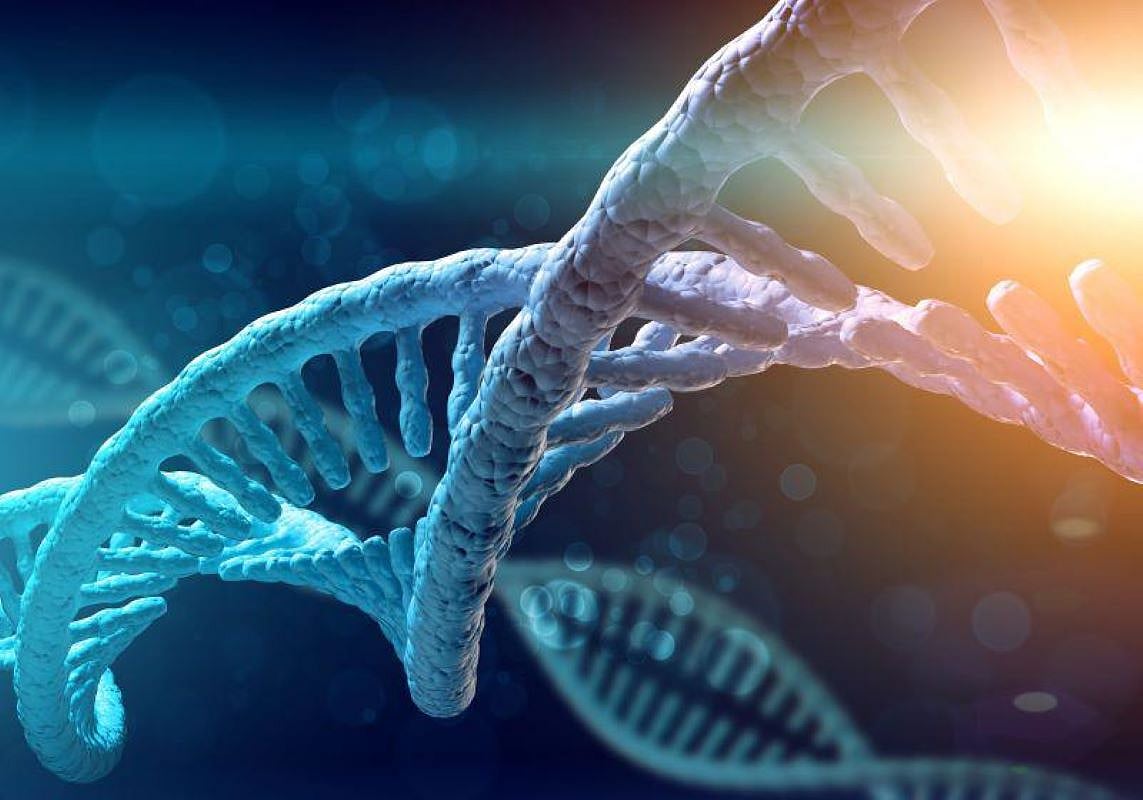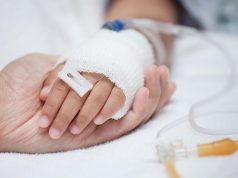Overall and event-free survival of 100 and 95 percent, respectively, seen with autologous CD34+ hematopoietic stem-cell lentiviral gene therapy
By Elana Gotkine HealthDay Reporter
FRIDAY, Oct. 17, 2025 (HealthDay News) — Autologous CD34+ hematopoietic stem-cell lentiviral gene therapy shows sustained clinical efficacy for severe combined immunodeficiency (SCID) due to adenosine deaminase (ADA) deficiency (ADA-SCID), according to a study published online Oct. 15 in the New England Journal of Medicine.
Claire Booth, M.B.B.S., Ph.D., from the University College London Great Ormond Street Institute of Child Health, and colleagues reported the long-term results from a cohort of patients with ADA-SCID who were treated with busulfan nonmyeloablative conditioning followed by transplantation with autologous CD34+ hematopoietic stem cells transduced ex vivo with a lentiviral vector encoding human ADA. Overall survival and event-free survival were examined as the primary efficacy end points.
The cohort included 62 patients with ADA-SCID in the United States and United Kingdom (33 and 29 patients, respectively); patients were followed for a median of 7.5 years (474 patient-years of follow-up). The researchers found that overall and event-free survival were 100 and 95 percent, respectively. Fifty-nine patients with successful gene-marked engraftment at six months continued not to receive enzyme-replacement therapy and through last follow-up had stable gene marking, ADA enzyme activity, metabolic detoxification, and immune reconstitution; 58 discontinued immunoglobulin G replacement therapy and had a robust response to vaccinations. There were no leukoproliferative events or clonal expansion.
“These results are what we hoped for when we first began developing this approach,” said coauthor Donald B. Kohn, M.D., from the University of California, Los Angeles, said in a statement. “The durability of immune function, the consistency over time, and the continued safety profile are all incredibly encouraging. … What’s most remarkable is that everything has been completely stable beyond the initial three- to six-month recovery period.”
Several authors disclosed ties to industry.
Copyright © 2025 HealthDay. All rights reserved.








